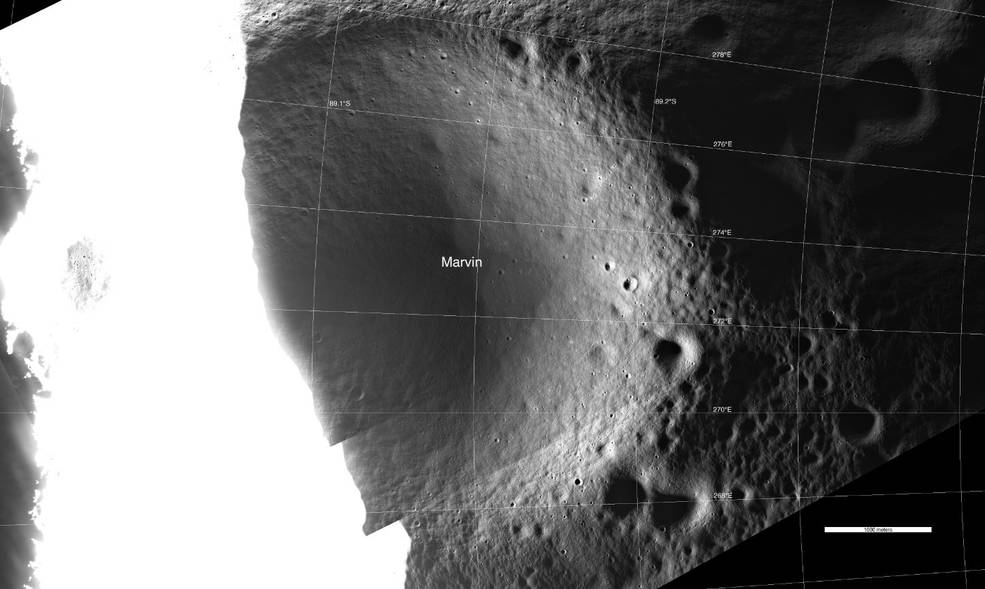Questa immagine è stata ottenuta utilizzando le riprese effettuate dalla LROC (Lunar Reconnaissance Orbiter Camera), in funzione dal 2009, e dalla ShadowCam, uno strumento della NASA a bordo della sonda spaziale Danuri.
La NASA osserva che una mappa dettagliata del Polo Sud della Luna, che può essere generata da ShadowCam, sarà utile per i futuri progetti di esplorazione della superficie del satellite.
Anche gli astronomi cinesi hanno pianificato da tempo di studiare Shackleton. A questo scopo, nel 2026 invieranno nel cratere una sonda volante in miniatura, che cercherà di trovare prove della presenza di ghiaccio d’acqua lunare.


